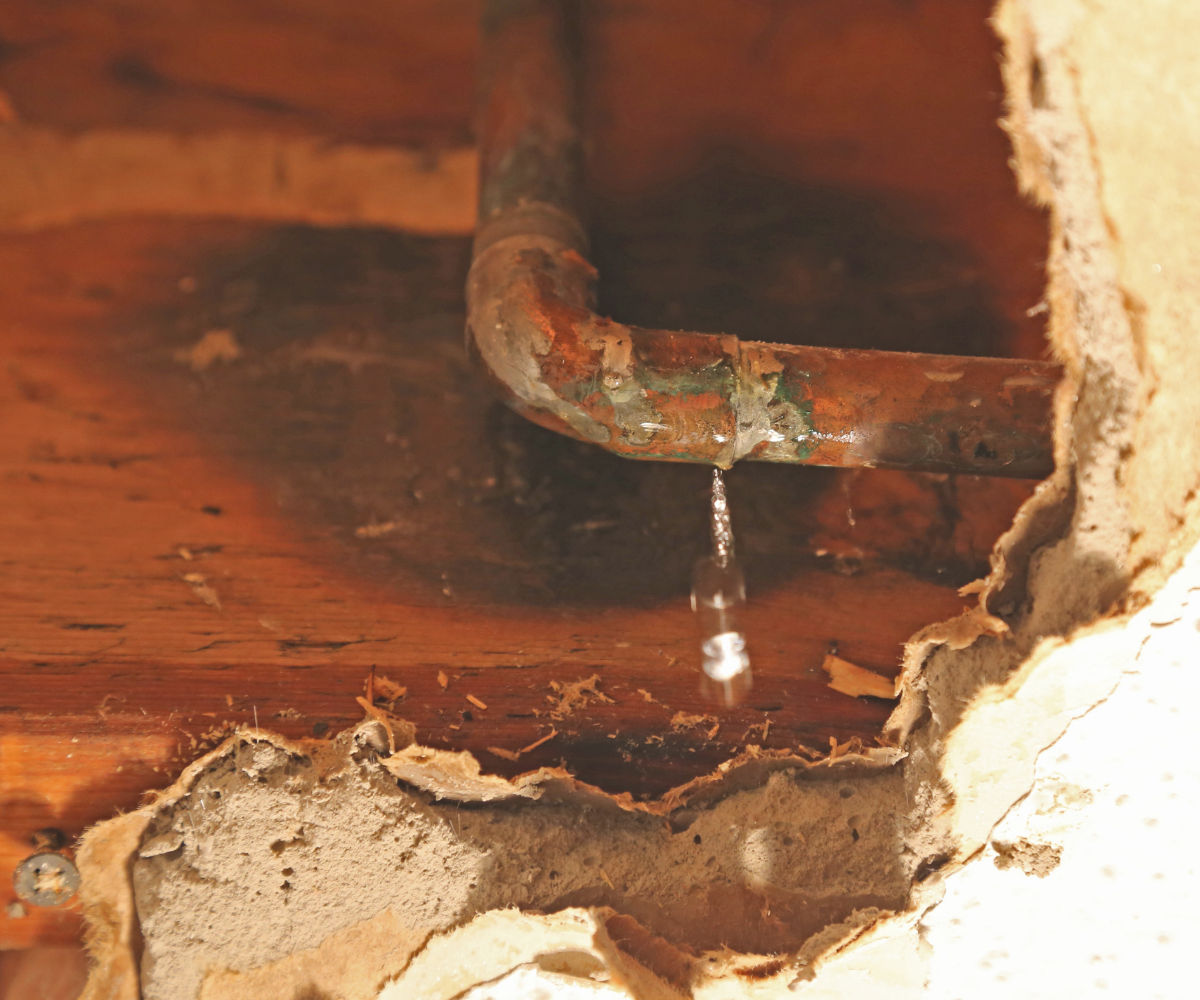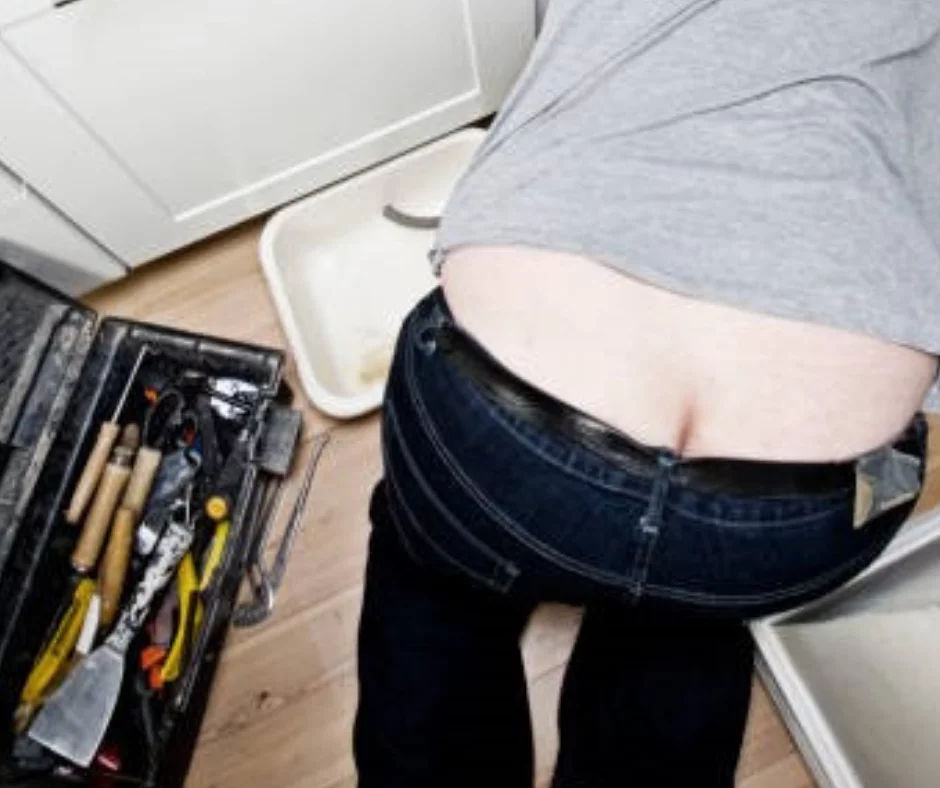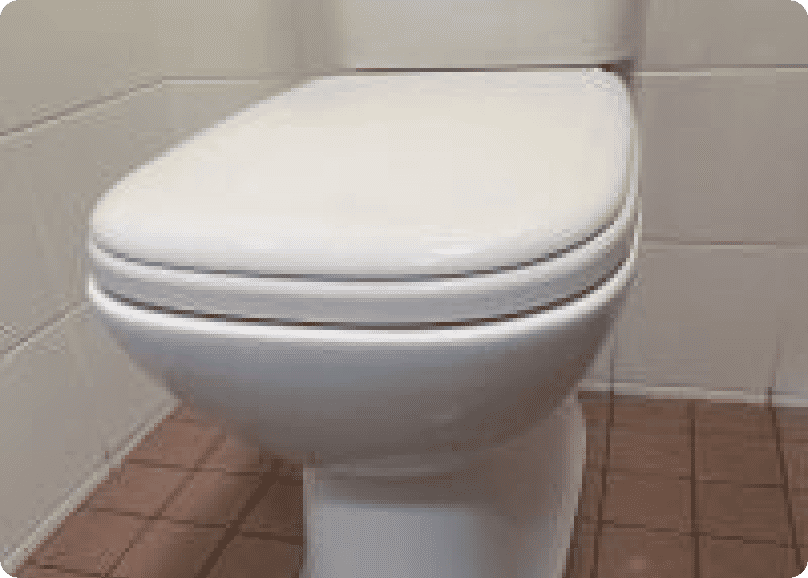How to Spot a Water Leak Behind Walls Without Damaging Your Home
- William Demirdonder
- Jun 12, 2025
- No comments
- 15-minute read

A water leak behind a wall often builds quietly. No dripping tap, no sudden flood—just slow, consistent damage. By the time water stains or mould appear, internal materials like timber framing or insulation may already be compromised. In homes across Sydney, especially older builds, concealed leaks are one of the most common causes of internal wall damage.
Leaks often leave signs before major damage appears. Our leak detection tools help identify the source without cutting into walls unnecessarily.
Leaks hidden behind walls rarely stop on their own. Water seeps into structural layers, feeds mould growth, and leads to swelling, decay, and soft spots in walls and floors. Paint may peel, tiles may loosen, and timber can rot. In homes without regular plumbing maintenance, these types of leaks are often found too late after months of slow saturation.
Sydney’s humid weather accelerates the damage. Combined with high summer water use and aging copper or galvanised pipes, the risk is constant. That’s why water leak detection is often the first step in stopping internal water damage before it spreads.
When two or more of these signs appear, the next move isn’t demolition—it’s precision leak detection.
If there’s a leak inside the wall, accurate detection avoids ripping out sections blindly.
Each method targets a specific condition. In the hands of an experienced Sydney plumbers, these tools reduce repair time and isolate the leak to its exact point.
Fixing the visible damage is only half the job. Without proper leak detection, the original cause is likely to repeat elsewhere.
Many Sydney homes especially those built before the 1990s still use older piping systems. Patchwork renovations, shifting footings, and high mains pressure in certain suburbs increase the chance of faults. Quick repairs without inspection often miss the root cause.
Local leak detection services help preserve structural integrity, identifying risks early, and limiting the scope of repair. A missed leak inside one wall can end up affecting flooring, cabinetry, and even neighbouring rooms.
Precision leak detection stops damage from escalating. Preventative steps stop it from returning.
Peeling paint, musty smells, and rising water bills don’t happen by accident. Whether the water leak is behind a bathroom wall, under kitchen cabinetry, or inside hallway plaster, early detection stops the damage before it spreads.
Don’t wait for the wall to collapse. Book an appointment with a trusted leak detection in Sydney and get the problem fixed properly without tearing your home apart.
Understanding your home insurance and what you are covered for when it comes to plumbing can be overwhelming. Do you have cover if the land mower of your neighbour damages part of your pipeline?....
Read MoreFatbergs are created when you flush down wet wipes or “flushable” wipes down the toilet and they get caught up in your pipes with a combination of any oils, fats or grease poured down the ....
Read MoreImagine you’re in the midst of a plumbing emergency (we’ve all been there) and you desperately need an ace plumber on your door step. We doubt in the middle of a plumbing emergency you&rs....
Read MoreIrrespective of how hard you try, sometimes a toilet or bathroom clog is unavoidable. Whatever might be the reason for the clog, you need to clear the same. When you wish to fix the problem, a plunger....
Read More



Leave a Reply
Your email address will not be published. Required fields are marked *